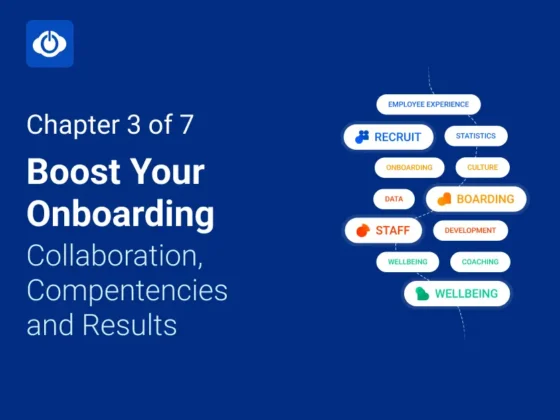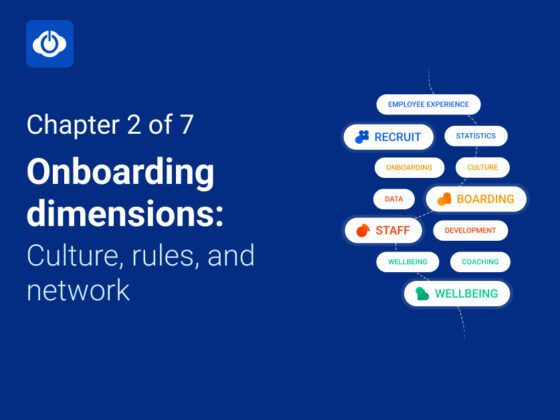What is all the hype surrounding diversity and inclusion? Is there an increase in focus on fewer opportunities for some, or equal opportunities for everyone?
What exactly is the meaning of diversity in the workplace?
Does it pay off from a business perspective to focus on diversity and integration?
These are some questions that might be on your mind in relation to diversity. Let’s break it down into smaller pieces.
Diversity
Each employee has their own set of skills attained through their studies and experience, as well as through their personal and professional background. Their unique path will affect their work perspective in certain ways.
If we consider diversity on a personal level, we are talking about ethnicity, country of origin, gender, age, sexual orientation, religious belief or disabilities, among other things. The second level is professional diversity, which includes academic background, career path, industry background, personality type and thinking style, for example.
All of these traits and experiences accumulate over time and give candidates unique perspectives and skills which come in handy when the company wishes to increase creativity and develop innovative solutions. That being said, employees are not defined by their background, but rather enriched by it.
Integration
Integration is an ongoing process which takes everyone into consideration. A process in which the focus lies on giving everyone a fair, unbiased chance and not excluding people or avoiding hiring and promoting the typical profile.
Inclusion is shifting attention towards bringing people in as a substitute for keeping people out.
A workplace that has a culture which is accepting of diverse profiles and which includes everyone, is designing the job environment for the future workforce.
One way to achieve this is by designing a workplace which encourages cross-departmental interaction. For example a workplace where all employees have lunch together. Or perhaps arranging company-wide activities which enable people to interact beyond work tasks. Also, having a company which is aware of the employees’ work-life balance.
It is important to look beyond culture fit when hiring for new positions. By looking for someone who will compliment your work culture, you end up having a fresh mindset. This in turn will improve your team and bring new insights. Teams created by like minded employers with a similar cultural heritage and educational background, tend to become homogeneous. This in turn makes growth and development a slow process.
It all starts with the leadership
Include training in cultural awareness, diversity and inclusion. Set guidelines that will ensure the implementation of processes that support and embrace diversity in the workplace.
Measure the progress of the inclusion efforts with the help of analytics. There are a number of easy ways to eliminate bias from inclusion and diversity processes. Analytics help identify and minimise unconscious prejudice throughout the HR departments.
The first step in combating bias is to be aware of it. Once recruiters become aware of this, they will be more likely to screen for a broader candidate base.
Optimize the hiring process so it is based solely on merit and not on cultural heritage, race or names, etc. Continue with the career advancement processes in promotions and leadership development. Give a fair chance to all candidates and therefore enhance employee involvement and give them a memorable employee experience.
Business value in diversity
There is revenue to be gained by D&I. The benefits are numerous, starting with increased creativity and innovation. A recent study produced by Boston Consulting Group shows that companies with a diverse leadership team have 19 percentage points higher revenue. A diverse group of people inspire each other and come up with more diverse solutions to the company’s problems.
Creativity breaks loose and you see more innovative solutions. You get a competitive advantage. Employees are more engaged and motivated to do their job, knowing that their they have a fair chance of being promoted. As a result you get a positive reputation which enhances your talent pool.
A talent pool is a database where hr managers keep all their top potential candidates.
The only downside could be that it takes time and engagement to change processes. Naturally, it might be difficult in the beginning, but keep at it and you will see results.
Future predictions
We are facing an accelerating globalisation and advancement in technology and access to education. Therefore the talent pool is expected to grow in the future, in fact, according to The Organisation for Economic Co-operation and Development (OECD);
“The number of young people aged 25-34 with a tertiary qualification increased by nearly 45% between 2005 and 2013 in OECD and G20 countries and is expected to keep increasing in the coming decade.”
Of course migration may have an effect on where the future workforce will come from. However, the OECD predicts that the percentage of the working age EU population with a higher education is likely to increase from 26% to 34%.
By 2030, more than 60% of educated, young people in the fields of Science, Technology, Engineering and Mathematics (STEM) will come from non-OECD countries, mainly India and China.




